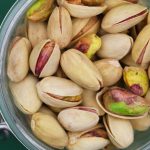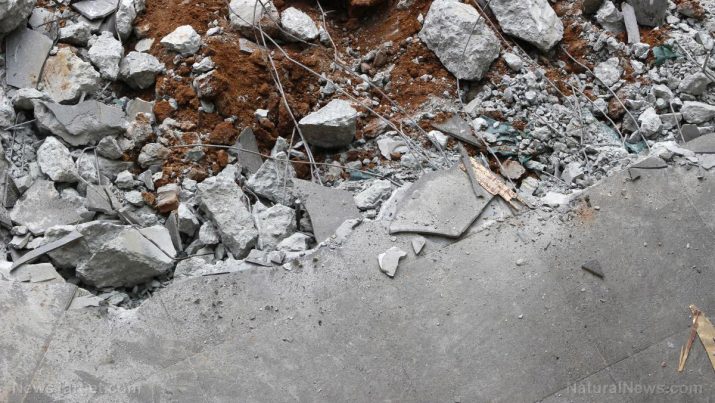
Low-cost, pollution-free solution to infrastructure problem: New self-healing concrete has fungi that “heals” cracks in crumbling structures
Wednesday, August 08, 2018 by Frances Bloomfield
http://www.naturalnewsresearch.com/2018-08-08-new-self-healing-concrete-has-fungi-that-heals-cracks-in-crumbling-structures.html

America’s infrastructure has seen better days. The American Society of Civil Engineers scored the country a near-failing D+ in its 2017 Infrastructure Report Card. D’s and C’s were given across the board, with the railway system being the only category to have scored a B. Those grades could be changing for the better in the future, however; and self-healing fungi concrete may be responsible for that.
The brainchild of researchers at Binghamton University, this revolutionary product was developed by mixing concrete with nutrients and the spores of Trichoderma reesei. This fungus, originally isolated from a fragment of cotton canvas found at the Solomon Islands, was chosen out of 20 different species of fungi because of its unique ability.
Combined with the concrete, the fungus lies dormant. This changes when the first crack appears. The crack gives water and oxygen space to enter the concrete and feed the fungal spores. Once the fungal spores have been sufficiently nourished, that’s when the fungi’s special ability comes into play.
“With enough water and oxygen, the dormant fungal spores will germinate, grow and precipitate calcium carbonate to heal the cracks,” explained Congrui Jin, a co-author of the project’s study and assistant professor of mechanical engineering at Binghamton University.
“When the cracks are completely filled and ultimately no more water or oxygen can enter inside, the fungi will again form spores. As the environmental conditions become favorable in later stages, the spores could be wakened again.”
On top of being environmentally friendly, one other major advantage of using T. reesei is that it has no adverse effects on human health. In fact, according to an article that Jin wrote for ScientificAmerican.com, T. reesei is already being utilized in the production of cellulase and other carbohydrate enzymes. Though of course, Jin and his colleagues intend on conducting further experimentation to assess the short- and long-term effects of the fungi on human health and infrastructure, if any. (Related: Fungi pesticide offers non-toxic alternative to chemical pesticides.)
The project is still in its early stages, giving the researchers more than enough time to work out the kinks. Of these issues, the biggest is the fungi’s vulnerability to harsher environments. Concrete in and of itself isn’t a suitable habitat for the fungi due to the tiny size of the pores and lack of moisture. Severe temperature changes brought on by the summer and winter months only serve to exacerbate the problems.
“Our research is still in the initial stage and there’s a long way to go to make self-healing concrete practical and cost-effective,” wrote Jin. “But the scope of American infrastructure’s challenges makes exploring creative solutions like this one worthwhile.”
Fast facts on America’s infrastructure
- As per the American Society of Civil Engineers, the grades given to American infrastructure have been close to failing since 1998, averaging Ds for the most part. This is because of “under investment across most categories” and “delayed maintenance.”
- As of 2016, over 15,000 of the nation’s 90,000 dams have been classified as “high hazard.” Moreover, the average age of these dams comes to about 56 years old.
- It has been estimated that in order for the grade to be brought up from a D+ to a B, a total of $4.59 trillion would be needed.
- According to Greg DiLoreto, a former president of the American Society of Civil Engineers, infrastructure spending is costing every American about $3,400 a year in disposable income.
Stay up-to-date on other interesting discoveries on biotechnology by going to Discoveries.news.
Sources include:





